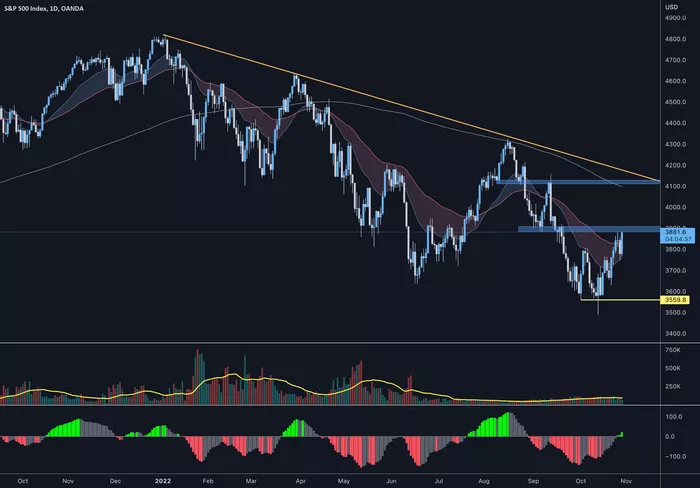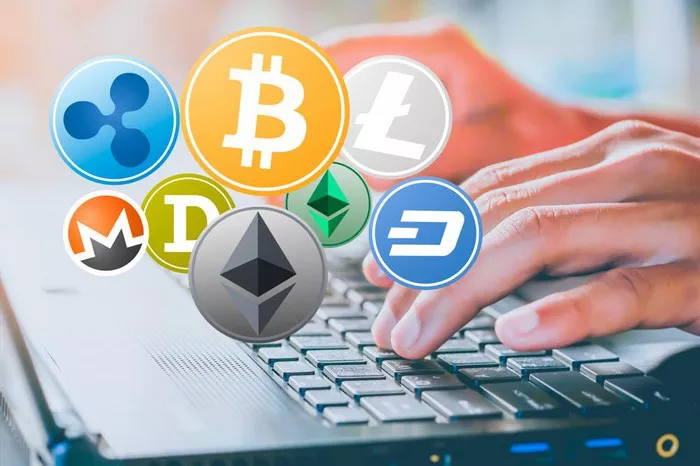When it comes to investing in the stock market, understanding various order types is essential for making informed decisions. One of the most commonly used order types is a limit order. While beginners may find the terminology overwhelming, limit orders are actually a straightforward concept that can significantly impact how you buy or sell stocks.
This article will provide a comprehensive overview of limit orders, including what they are, how they work, their advantages and disadvantages, and how they fit into your broader trading strategy.
What is a Limit Order?
A limit order is an order placed by an investor to buy or sell a stock at a specific price or better. Essentially, it gives the trader control over the price at which they are willing to transact. The order will only be executed if the stock reaches the specified price or better, ensuring that the investor does not overpay or undersell their shares.
In a limit order, there are two key components: the limit price and the execution condition. The limit price is the maximum price a buyer is willing to pay or the minimum price a seller is willing to accept. The order will remain active in the market until it is either executed at that price or canceled by the investor.
How Does a Limit Order Work?
To understand how a limit order works, it’s important to break down the process into simple steps. Let’s look at both buy and sell orders:
Buy Limit Orders
When a trader wants to buy a stock, they can place a buy limit order specifying the maximum price they are willing to pay. For example, if you want to buy 100 shares of Company X, and the current market price is $50, but you only want to buy the stock if it drops to $45 or lower, you would place a limit order with a limit price of $45. The order will not be executed unless the stock price hits or falls below that price.
Sell Limit Orders
Similarly, when selling a stock, a trader can place a sell limit order specifying the minimum price they are willing to accept. For instance, if you own 100 shares of Company Y, and the current market price is $100, but you only want to sell if the price rises to $110 or higher, you would place a sell limit order with a limit price of $110. Your shares will not be sold unless the price reaches or exceeds that value.
Limit Orders vs Market Orders
A common comparison is between limit orders and market orders, which are the two most basic types of orders in stock trading. A market order is an order to buy or sell a stock immediately at the best available price in the market, regardless of the price. In contrast, a limit order provides more control over the price at which the transaction occurs but may not always be filled if the stock price does not reach the specified limit.
For example, if you place a market order to buy a stock at $50, your order will be executed immediately at the best available price. However, if the price moves up to $52 before your order is filled, you will pay $52 per share. With a limit order, if you specify a limit price of $50, your order will only be filled if the price hits $50 or lower. If the price stays above $50, your order will not be executed.
Types of Limit Orders
There are various types of limit orders, and each serves different purposes depending on the trader’s strategy.
Day Limit Order
A day limit order is a limit order that is valid only for the trading day. If the order is not executed by the end of the trading session, it is automatically canceled. This is a common choice for traders who want to limit their exposure to specific price levels within a single trading day.
Good-Til-Canceled (GTC) Limit Order
A GTC limit order is an order that remains active until it is either executed or canceled by the investor. Unlike day orders, GTC orders are not tied to the trading day. They can stay in the market for weeks, months, or even years, depending on the investor’s preferences. GTC orders are often used for longer-term strategies, such as waiting for a stock to reach a particular price over an extended period.
Fill or Kill (FOK) Limit Order
A fill or kill (FOK) limit order is an order that must be filled in its entirety immediately or canceled. This type of order is typically used by traders who need to execute a large order quickly and are not willing to accept partial fills.
Immediate or Cancel (IOC) Limit Order
An IOC limit order is similar to an FOK order but allows for partial fills. Any portion of the order that can be filled immediately will be executed, and the remaining portion will be canceled. This type of order is useful when a trader wants to secure as much of the order as possible without waiting for the entire order to be filled.
Advantages of Limit Orders
Limit orders offer several benefits that make them an attractive choice for investors and traders.
Price Control
The most significant advantage of using limit orders is the ability to control the price at which a trade is executed. Whether you’re buying or selling, you set the price that you are willing to accept. This can help protect you from market volatility and prevent you from overpaying or underselling.
No Surprises
With a limit order, you know exactly what price you’re paying (if the order is filled), and there are no surprises. This is different from a market order, where the price can fluctuate between the time the order is placed and when it is executed.
Flexibility
Limit orders offer flexibility in execution. Depending on the type of limit order you place, your order can be active for a specific day or extended over a longer period. This allows you to take a more strategic approach to your trading.
Avoiding Slippage
Slippage occurs when a market order is executed at a price different from the expected price due to rapid price changes. Limit orders help avoid slippage by ensuring that your order is only executed at the price you specify.
Disadvantages of Limit Orders
While limit orders provide a lot of benefits, they also have some drawbacks that investors need to consider.
No Guarantee of Execution
The main disadvantage of a limit order is that there is no guarantee that the order will be filled. If the stock price does not reach your specified limit, your order will not be executed. This can be frustrating if you are waiting for a specific price but the stock price never reaches it.
Missed Opportunities
There’s always the risk of missing an opportunity with a limit order. If the stock price quickly moves in a favorable direction but does not hit your limit price, you may miss the chance to execute the trade.
Partial Fills
In some cases, a limit order may be partially filled, meaning that only a portion of the order is executed. This is particularly common when there is low liquidity in the stock being traded. While some investors may accept partial fills, others may prefer to wait for the entire order to be executed.
When to Use Limit Orders
Limit orders are ideal for several trading scenarios. They are particularly useful when:
You want to control the price: If you’re not in a hurry to buy or sell and you want to ensure that you only execute a trade at a specific price, a limit order is the best choice.
You are trading in volatile markets: Limit orders help protect you from wild price swings by ensuring that you don’t buy at an unreasonably high price or sell at a low price.
You are using a long-term strategy: If you’re aiming for long-term gains and have a specific target price in mind, a GTC limit order is a great tool to ensure that you get the price you want without constantly monitoring the market.
You are trading illiquid stocks: Limit orders can help in executing trades for stocks with low liquidity, where market orders may not be effective due to price slippage.
Conclusion
Limit orders are a fundamental part of stock trading and investing. They offer price control, flexibility, and protection from unexpected market movements, making them an excellent tool for many traders. However, limit orders also come with the risk of non-execution or partial fills, and it’s important to understand the limitations of these orders before using them.
As an investor or trader, knowing when and how to use a limit order is crucial for building a successful trading strategy. By combining limit orders with other types of orders and strategies, you can effectively manage your trades and reduce the risks associated with market fluctuations. Whether you are a seasoned investor or a beginner, limit orders should be an essential part of your trading toolkit.
Related topics:































